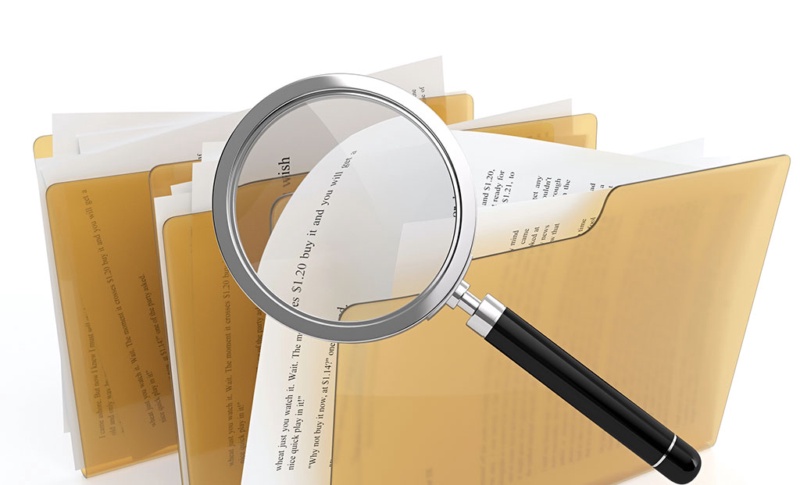Data is as valuable as currency these days, so understanding data classification levels is vital for any organization that seeks to manage its data efficiently and securely. Data classification levels serve as a framework for organizing data based on its sensitivity, value, and criticality to an organization. This guide provides a beginner’s overview of these levels, explaining their importance and how they are applied in practice.
Public Data
Public data is the least sensitive level of data classification. It includes information that can be freely shared with the public without any risk of harm to the organization or individuals. Examples of public data are press releases, published research, and marketing materials.
Internal Data
Internal data is more sensitive than public data. While it is not harmful if released, it is intended for use within the organization. This category includes internal policies, employee directories, and certain types of internal communications.
Confidential Data
Confidential data is highly sensitive and could cause harm or provide an undue advantage if disclosed to unauthorized parties. Examples include customer information, employee records, and business strategies. Protecting this data is crucial for maintaining trust and complying with privacy laws.
Restricted Data
The most sensitive level, restricted data, requires the highest level of security. This type of data, if accessed by unauthorized individuals, could cause severe damage to an organization or individuals. Examples are trade secrets, classified government information, and certain types of regulated data like health records.
The Role of Data Classification in Information Governance
Data classification is a critical component of Information Governance, Risk, and Compliance (GRC). It is the foundation upon which policies and procedures for handling data are built, ensuring that data is managed in a way that balances accessibility with security.
Protecting Sensitive Information
One of the primary purposes of data classification is to protect sensitive information from unauthorized access and breaches. By understanding the sensitivity of data, organizations can implement appropriate security measures to safeguard it.
Compliance and Legal Requirements
Many industries have specific regulations that require the protection of certain types of data. Data classification helps organizations comply with these legal requirements by identifying which data falls under regulatory protection.
Efficient Data Management
Proper classification of data also leads to more efficient data management. It allows organizations to prioritize their data protection efforts and streamline their storage solutions based on the sensitivity of the data.
Data Classification and Data Discovery
The first step in classifying data is to understand what data you have – a process known as data discovery. Data discovery involves identifying, locating, and categorizing data across an organization’s digital landscape.
The Challenge of Unstructured Data
One of the challenges in data classification is dealing with unstructured data – data that does not follow a specific format or structure. This includes emails, documents, and multimedia files, which can be more challenging to classify due to their varied formats.
Tools and Techniques for Data Classification
Modern data classification often employs a combination of manual processes and automated tools. These tools use algorithms to scan, identify, and classify data based on predefined criteria. They are particularly useful for handling large volumes of data and unstructured data.
Rational Enterprise: Your Partner in Data Classification
Connect with Rational Enterprise today. We provide comprehensive solutions for data classification, ensuring that your data is organized, secure, and compliant. Our tools and services streamline the classification process, making it easier for organizations to manage their data effectively.




